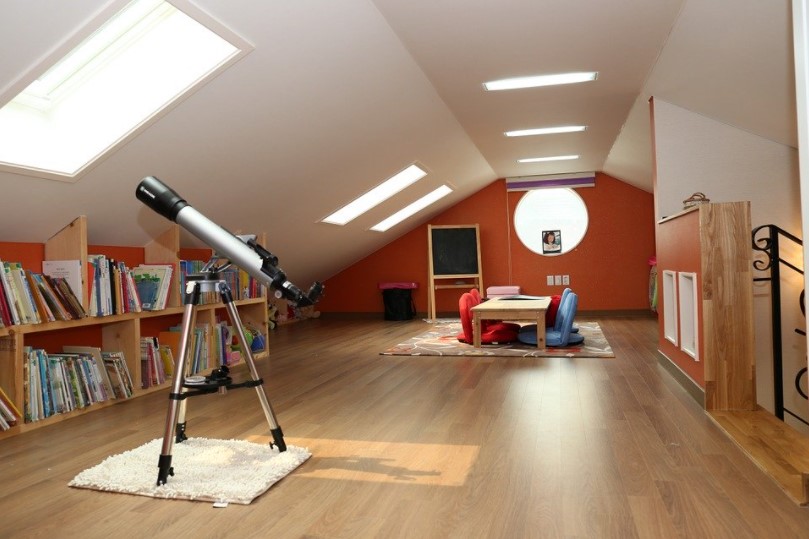For the majority of households, the attic is a place for storage. Yet, that same space can be detrimental for your home’s longevity and safety.
-
Attic and energy costs
To begin with, your attic is the closest thing to your roof. That means that any sort of unnoticed damage can have amplified consequences for the rest of your household underneath it.
Due to sun’s rays shinning upon your roof throughout the day, your attic can easily get insanely hot and stuffy. Fortunately, proper insulation will keep down the heat from spreading the rest of your household. But on its own, insulation isn’t enough, especially in the case of long summer days.
This is why you need a good ventilation system to balance out the heat and humidity that is being absorbed through your roof. Vents take out the hot air and spread cooler air. Together, these two help your HVAC system operate efficiently. Needless to say, if one of the two isn’t doing its job, the HVAC has to work twice as hard to do the job.
The HVAC uses the most energy of a household, forming 46% of energy consumption in an average U.S. household. Therefore, if it’s working much more to achieve your desired temperature, you will notice a dramatic difference in your utility bill.
2. Attic Maintenance tips to help save your energy and money
Making your attic more energy-efficient will help you maintain a comfortable temperature within your household while saving you money from your utility bill. While you’re at it, make sure to compare different gas rates to ensure you have the best deal for your usage. The difference between providers can be as much as several hundreds of dollars in your annual utility bill.
Over 90 percent of US homes are improperly insulated so let’s make sure you don’t make that mistake.
-
Inspect it during daylight
Look for streams of light through cracks and crevices, as well as for pests. These can lead to bigger issues down the road as moisture and non-temperature-controlled air.
-
Make it more energy-efficient
First, install energy-efficient ventilation. You actually want cold air to enter during winter while allowing hot air to leave during summer. During winter, a cold attic will reduce the risk of snow on the roof melting and creating ice dams that can damage roughs and lead to other problems. In the same way, warm air should be let out so it does not cause moisture to accumulate and create mold or damage the roof. Moreover, solar roofs will do a great job at maintaining a comfortable temperature in your home while making you less reliant on your energy provider.
-
Insulate well
Insulation in unfinished attics should be level with the floorboards and joists. Any more or less than this amount is said to drastically change the effectiveness of a home’s heating and cooling system. Make sure insulation fits tightly and isn’t compressed. The higher the R-value, the more effective the insulation will be at keeping your house warm in the winter and cool in the summer.
-
Use fans
Fans will help you keep cooling costs down in the summer. But, they can also increase your energy bill if they are not set up correctly or if you do not have proper insulation in place. You need a delicate balance as too many vents and fans will negatively impact your air circulation just as much if you don’t have enough.
Conclusion
Routine inspections and maintenance of attics at least once per season are vital to insure the safety and longevity of your home. To put it simply, although we can easily forget about attics, they affect the health of the entire household. Therefore, give your attic a little thought.
Infographic Provided by American Residential Services






